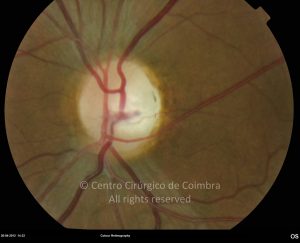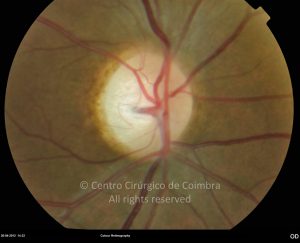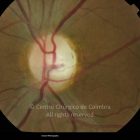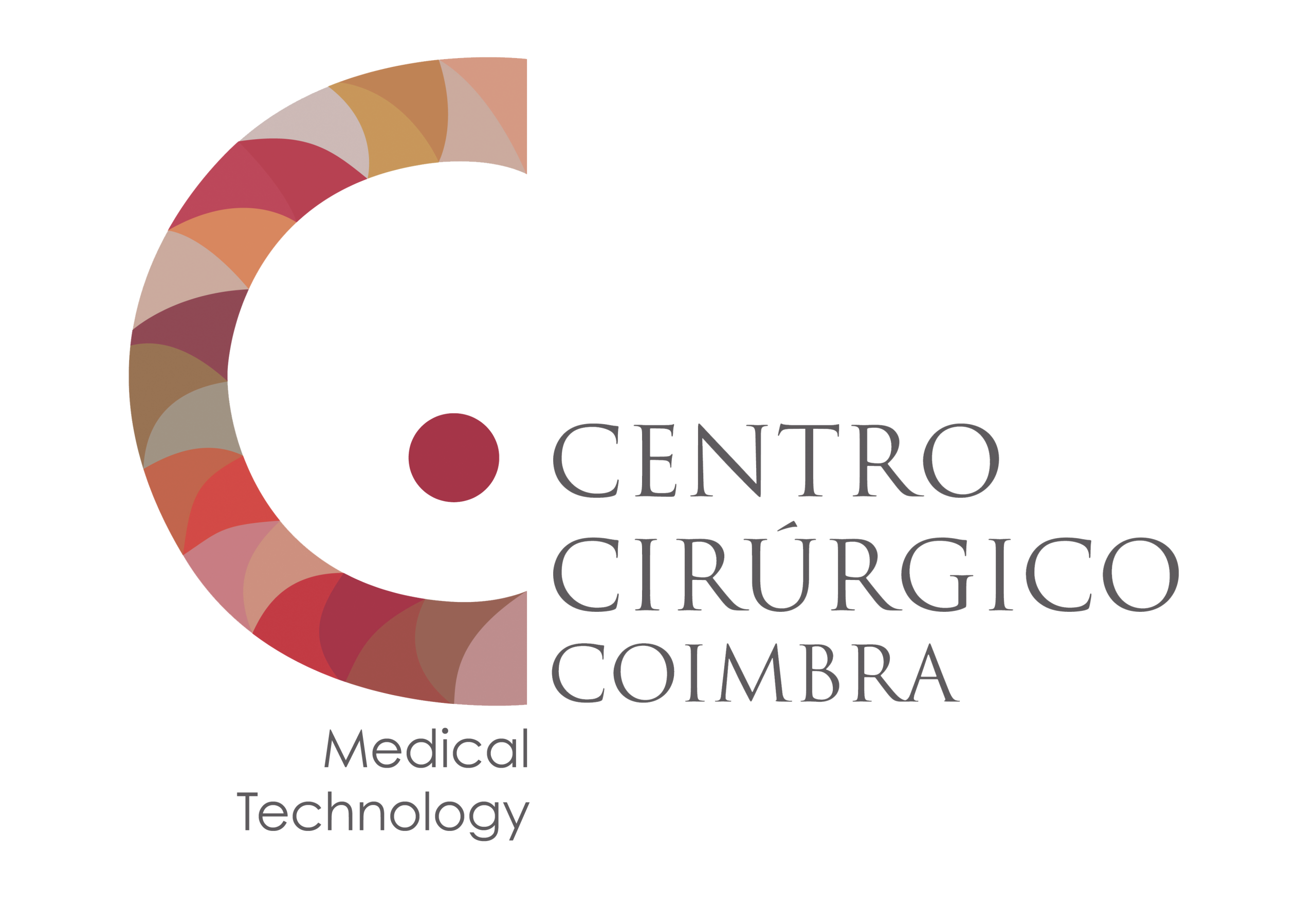Toxic optic Neuropathy is an optic nerve lesion resulting from exposure to systemic medications or environmental toxins. The clinical picture is characterized by a progressive, insidious and painless bilateral loss of central vision.
Initially, ophthalmic examination may be characterized by a paucity of clinical signs. There may be a mild depression of central retinal sensitivity, progressing to a more severe difuse visual loss with decreased visual acuity, dyschromatopsia, and central or cecocentral scotoma. If the offending agent is not identified and suspended, optic atrophy eventually ensues.
The most common pharmacological offending agents are: ethambutol, isoniazid, chloramphenicol, penicillamine, cysplatin and vincristine. Environmental toxins include: methanol, ethylene glycol and heavy metals.
The most common syndrome of toxic damage to the optic nerve is that of tobacco-alcohol amblyopia. It is postulated that trace amounts of cyanide in tobacco smoke are responsible for the nerve fiber damage. Ethanol abuse is probably associated with optic neuropathy, because of the associated malnutrition. In these patients suspension of the toxins, oral multivitamins and intramuscular injections of hydroxycobalamin can halt the progression and eventually reverse visual loss in initial stages.
Besides the toxicological habits a thorough nutritional history should be obtained and specific nutritional deficiencies should be sought and corrected.









